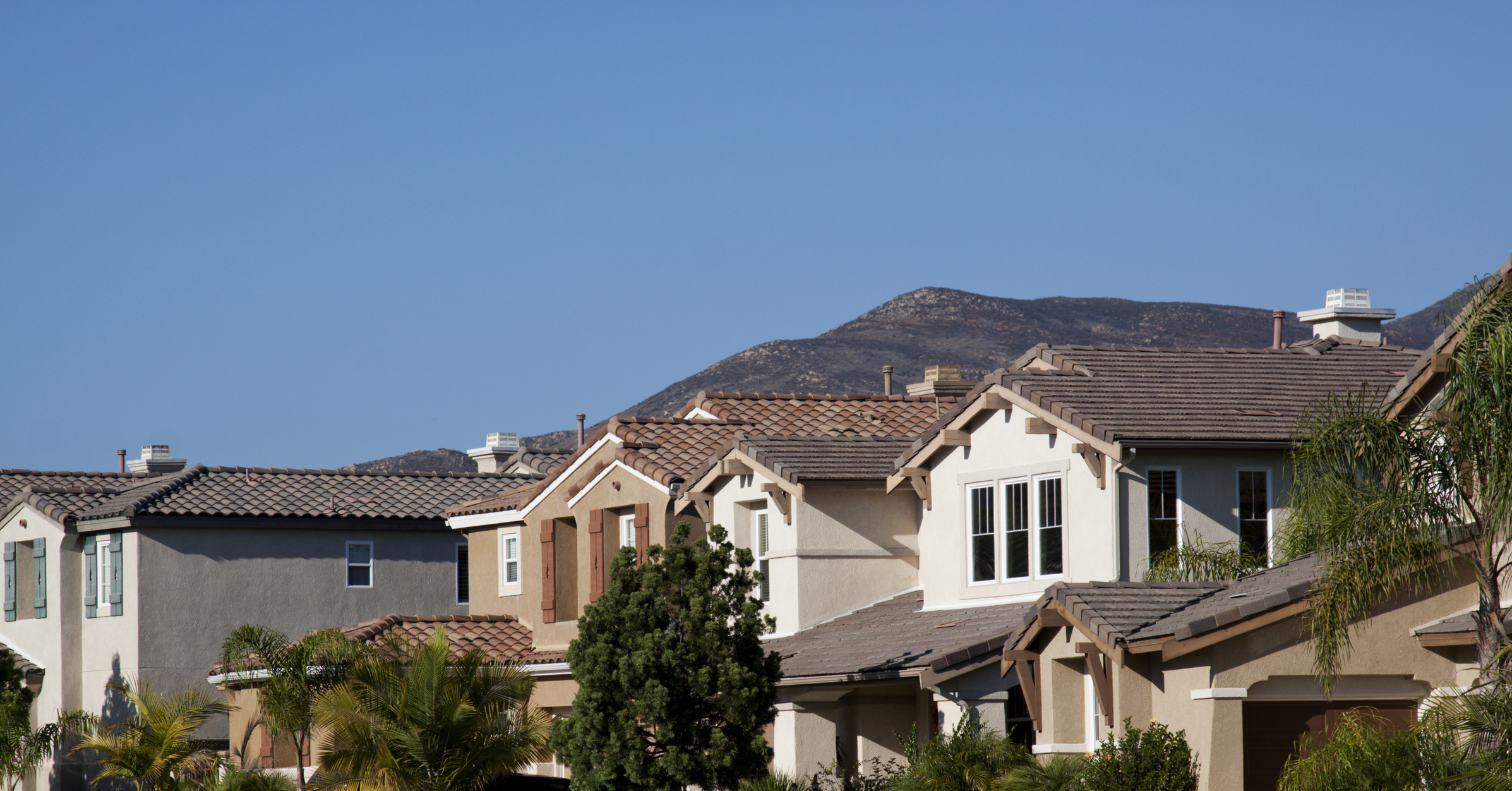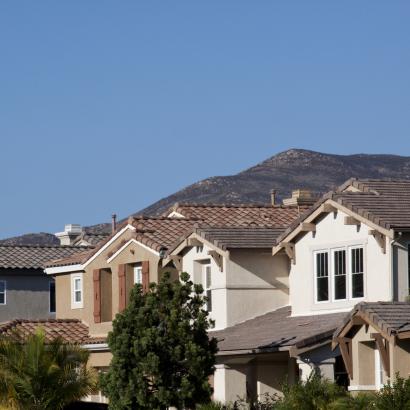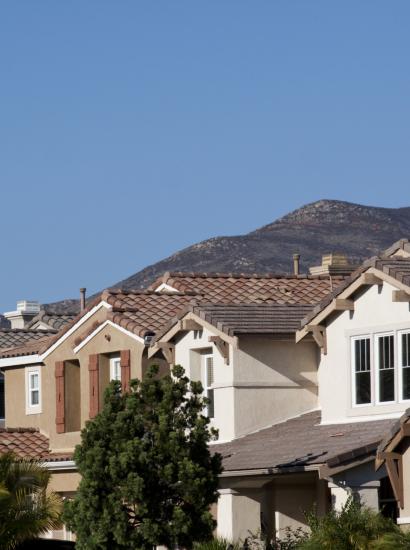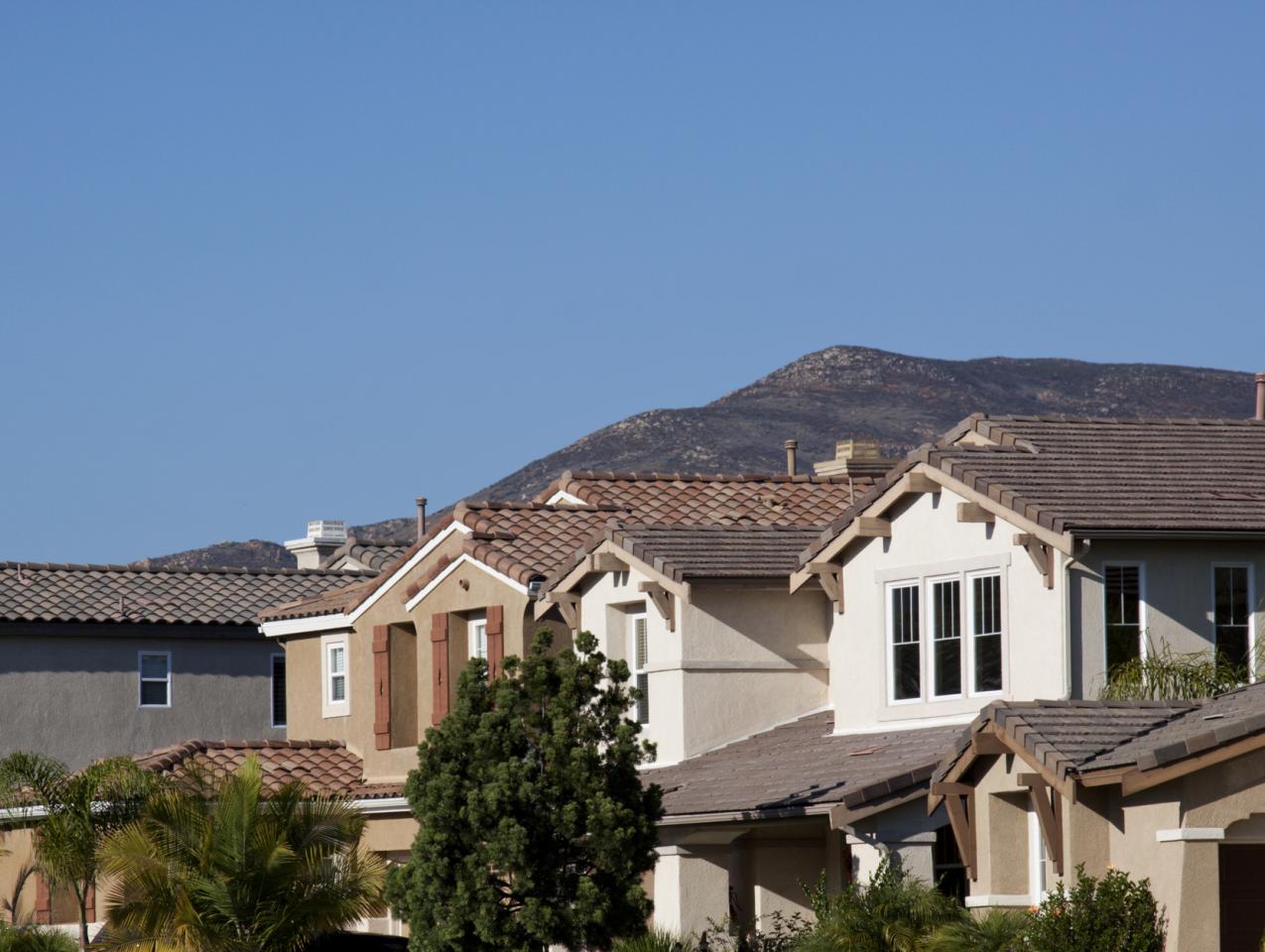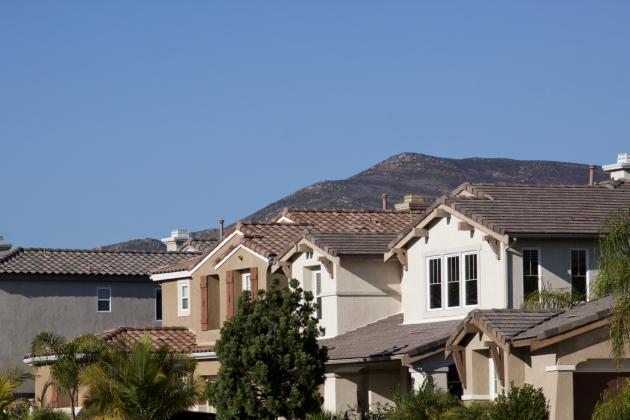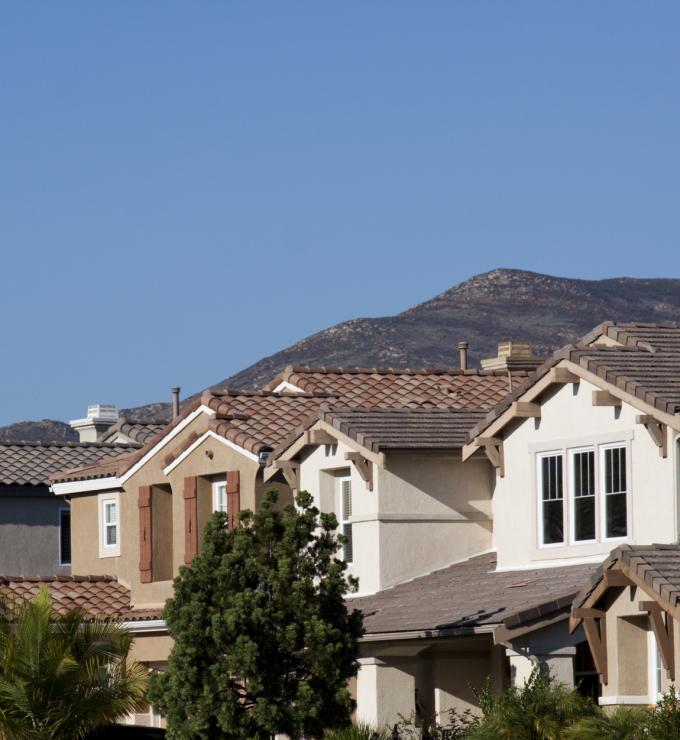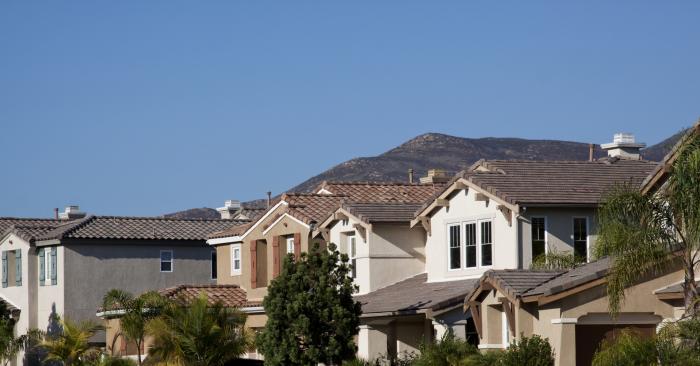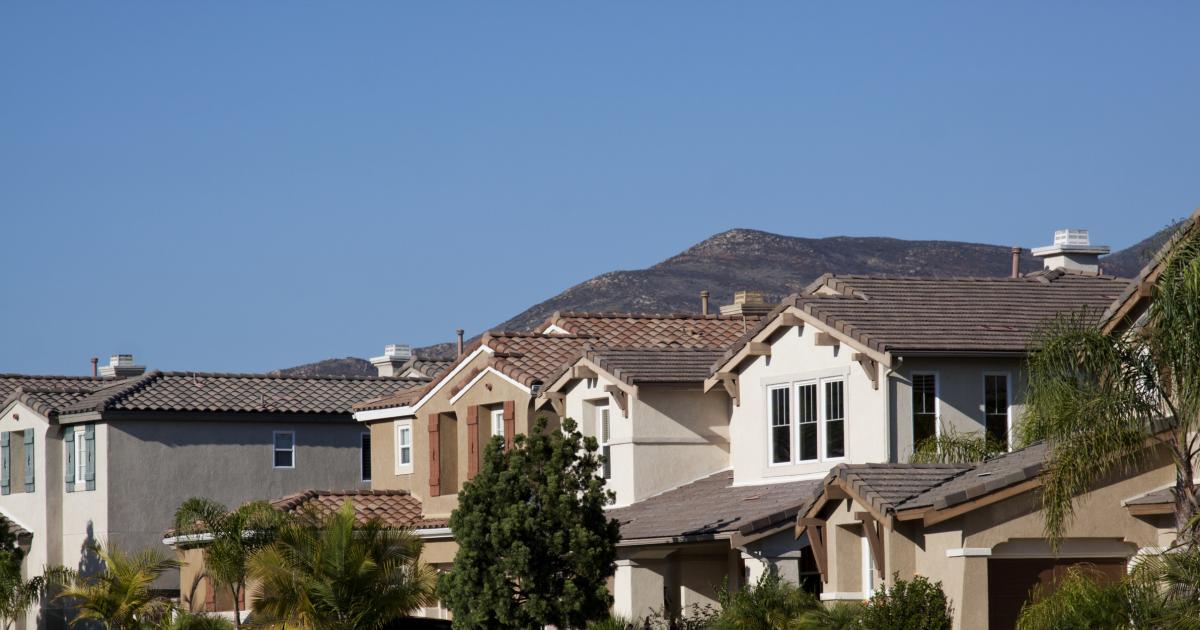The 2017 California Legislative session and 2018 Governor’s campaign are both sending hopeful signs that housing supply is on the minds of policy makers and voters, and not a minute too soon.
A fresh McKinsey & Company study estimates the Golden State needs 3.5 million new homes by 2025—approximately one for every four of California’s existing 12.5 million homes.
Supporting the state in meeting this ambitious goal is California’s strong economy, now fifth-largest in the world, and the convenient fact that housing preferences of younger folks are shifting to the multi-family, village design our environmental policies and fast diminishing urban land supply can support.
What California needs now is a “Housing Czar” to bring these factors into alignment with five areas of reform in the complicated statewide, public/private, multi-functional processes we call the housing market.
Here are six steps for that czar to consider.
First, let’s agree to work with the facts and—not pithy, but irrelevant factoids and fantasies like comparing California home prices and rents with places like Texas and Arizona.
Doing so may make eye-catching headlines and housing reports, but it poorly supports sound housing policy. Most important, they dangerously ignore the wage structure California’s workforce earns— and implies large numbers of people are willing to accept a life in lower wage/lower housing price regions.
Indeed, some people are willing to relocate elsewhere. Most Californians, however, have jobs tied to the nation-state’s $2.6 trillion economy, work hard to do so, and have zero interest in trading in California’s quality of life for that of other states.
Instead of U-Haul rental patterns, the “factoids” to watch are threefold:
- What population will natural growth plus our economy drive?
- How many homes will that population require?
- How many housing units are we actually producing?
The aforementioned McKinsey & Company report provided answers worthy of sound policy: demand for 3.5 million new units by 2025— or 440,000 new units per year. California’s actual annual production for the last decade? The Los Angeles Times reports 80,000 units. That imbalance of 360,000 units per year (82% of market demand) is one of several reasons why metro-California housing is so expensive.
Second: let’s ratify reality.
Only the private-sector house-building industry can produce 3.5 million units of housing. All of the housing bonds ever passed in California history wouldn’t put a dent in that number. Therefore, the answer must be policies that attract private investment.
Third, to coalesce that investment, a “housing czar” could leverage redevelopment agency policies that shorten land use approval processes central to home production.
McKinsey estimates such reforms could reduce the cost of housing by more than $12 billion through 2025 and accelerate project approval times by four months on average.
Such examples of acceleration are to:
- identify and adopt environmental documents for “housing hot spots”;
- coordinate and facilitate marketplace proposals in the hot spots; and
- champion funding of public safety, school, transportation, health care, and other necessary infrastructure.
The good news: if California is building in already urbanized areas, the question should be building on existing assets—not funding entirely new infrastructure.
The bad news: this is sometimes more expensive than starting from scratch —and/or requires greater creativity in meeting our need.
The fourth action item: The housing czar could catalyze support in the California Legislature for housing market reform.
Again, there’s good news to report: some elected officials are knowledgeable of our housing supply issue.
But unfortunately there’s also bad news: many elected officials still see multi-family housing as politically dicey.
As evidence, we have Senate Bill 827 (authored by State Sen. Scott Wiener of San Francisco), characterized by the San Francisco Chronicle as “proposing suspension of several local restrictions on housing developments located near transit stations and bus stops along high-traffic routes” . . . that “should have been noncontroversial.”
Had it become law, SB 827 would have stimulated construction of mid-rise developments and increased the state’s housing stock. The sad part: it never got beyond the Senate Housing and Transportation Committee, which voted 6–4 to block the measure.
The fifth action item: Better data to make more sound policy.
California’s state and local policy makers need better assessments, and well-crafted reform proposals, of the painfully long-term home building supply chain.
Policy makers, the housing industry, and the public would all be better served by refocusing housing reports to be a bi-annual update on the housing supply chain in each of California’s six metropolitan regions: housing units needed at all market/price levels relative to units planned, permitted, or in construction; with exploration of critical construction, financing, infrastructure, and other related issues.
Perhaps most important, if that ratio of units in construction to units needed is “less than one,” state and local policy makers would have the option to intervene with policies and projects to bring long-term production into balance.
Some solutions might be location specific—others might be appropriate for regional or statewide adoption.
A final policy admonition: Let’s understand what state housing bonds do and don’t do.
To be clear, California needs housing bonds. And voters should approve them when needed—for example, the $4 billion bond on the November ballot to enable low-income housing development and subsidize home loans for California veterans.
Housing bonds cannot, by their limited funding, address 12.5 million units of housing demand for the larger population. All the housing bonds ever passed in California history couldn’t make a dent in the market demand we now have.
The California housing market is in the midst of significant changes, driven by land-scarcity, generational updates in housing/community design preferences, and new standards for environmental stewardship. To extend California’s high quality of life, we must both protect and evolve California’s famed quality of life.
These six policies can help our next governor become the housing Czar we need to do so. Let’s hope he or she chooses to do so.

Befitting a state rich and poor: while some Californians struggle to find affordable housing, others look to show a little flair. One example: a firm in Bay Area suburban Novato (it’s north of the Golden Gate Bridge) that specializes in sheds styled after the famed California developer and designer Joseph Eichler. If you’re not familiar with Eichler, you can find his work scattered around the Golden State—some 11,000 homes he built beginning in the 1940s (Eichler passed away in 1974). Trademark Eichler features: airy spaces, glass walls, radiant-heat floors—all promoting a very California indoor-outdoor lifestyle. Half-a-century ago, Eichler homes built in Santa Clara Valley (Silicon Valley’s nesting grounds) would have fetched about $40,000. Last fall, the Los Altos History Museum (the town where Steve Jobs and Steve Wozniak first worked out of a garage) ran an “Eichler Homes: Modernism for the Masses” exhibition. The median sale price of a single-family home in the museum’s ZIP code: $3,525,000—almost ninety times the original asking price. Not a bad investment in the land of instant wealth.







